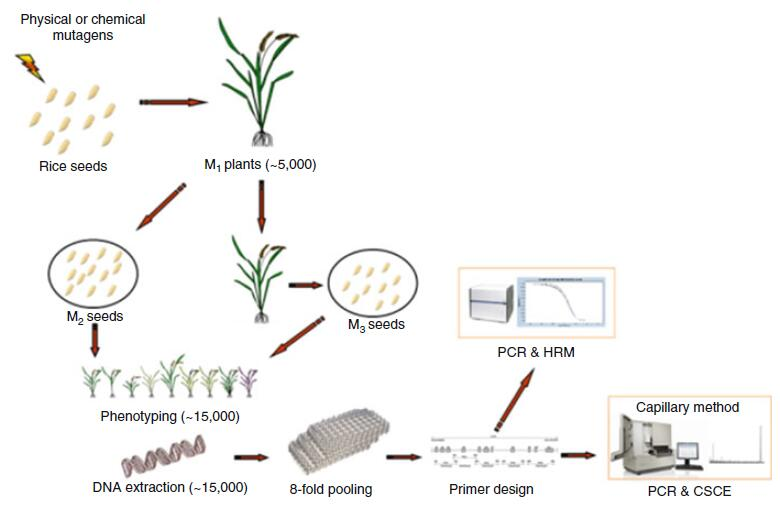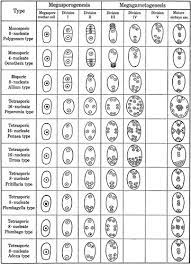Heterosis- discovery, definition, types & mutation, polyploid breeding
Heterosis
Discovery:
Heterosis (hetero- different; sis - condition) G.H. Shull was the first scientist to use the term heterosis in 1912.
Definition:
The superiority of
the F1 hybrid in performance over its parents is called heterosis or hybrid
vigour. Vigour refers to increase in growth, yield, greater adaptability of
resistance to diseases, pest and drought. Vegetative propagation is the best
suited measure for maintaining hybrid vigour, since the desired characters are
not lost and can persist over a period of time. Many breeders believe that the
magnitude of heterosis is directly related to the degree of genetic diversity
between the two parents. Depending on the nature, origin, adaptability and
reproducing ability heterosis can be classified as:
Euheterosis- This is the true heterosis which is inherited
and is further classified as:
a. Mutational Euheterosis –
Simplest type of euheterosis
and results from the sheltering or eliminating of the deleterious, unfavourable
often lethal, recessive, mutant genes by their adaptively superior dominant
alleles in cross pollinated crops.
b. Balanced Euheterosis –
Well balanced gene combination which is more adaptive to environmental
conditions and agricultural usefulness.
Pseudo heterosis – Also termed as luxuriance. Progeny possess superiority over parents in vegetative growth but not in yield and adaptation, usually sterile or poorly fertile.
Mutation Breeding:
Muller and Stadler (1927- 1928) coined the term mutation breeding. It represents a new method of conventional breeding procedures as they have the advantage of improving the defect without losing agronomic and quality character in agriculture and crop improvement. Mutation means the sudden heritable changes in the genotype or phenotype of an organism. Gene mutations are of considerable importance in plant breeding as they provide essential inputs for evolution as well as for re-combination and selection. It is the only method for improving seedless crops. Radiation such as UV short wave, X-ray, Alpha (α), Beta (β), Gamma waves and many chemicals such as cesium, EMS (ethyl methane sulfonate), nitromethylurea induce mutation to develop new varieties of crops. Example: Triple gene dwarf wheat with increase in yield and height. Atomita 2 - rice with salinity tolerance and pest resistance.
Polyploid Breeding:
Majority of flowering plants are diploid (2n). The plants which possess more than two sets of chromosome are called polyploids. Polyploidy is a major force in the evolution of both wild and cultivated plants. Polyploidy often exhibits increased hybrid vigour, increased heterozygosity, increase tolerance to both biotic and abiotic stresses, buffering of deleterious mutations. In addition, polyploidy often results in reduced fertility due to meiotic error allowing the production of seedless varieties. When chromosome number is doubled by itself in the same plant, is called auto-polyploidy. Example: A triploid condition in sugar beets, apples and pear has resulted in the increase in vigour and fruit size, large root size, large leaves, flower, more seeds and sugar content in them. It also resulted in seedless tomato, apple, watermelon and orange. Polyploidy can be induced by the use of colchicine to double the chromosome number. Allopolyploids are produced by multiplication of chromosome sets that are initially derived from two different species. Example: Triticale (Triticum durum x secale cereale) Raphanobrassica (Brassica oleraceae x Raphanus sativus).






Comments